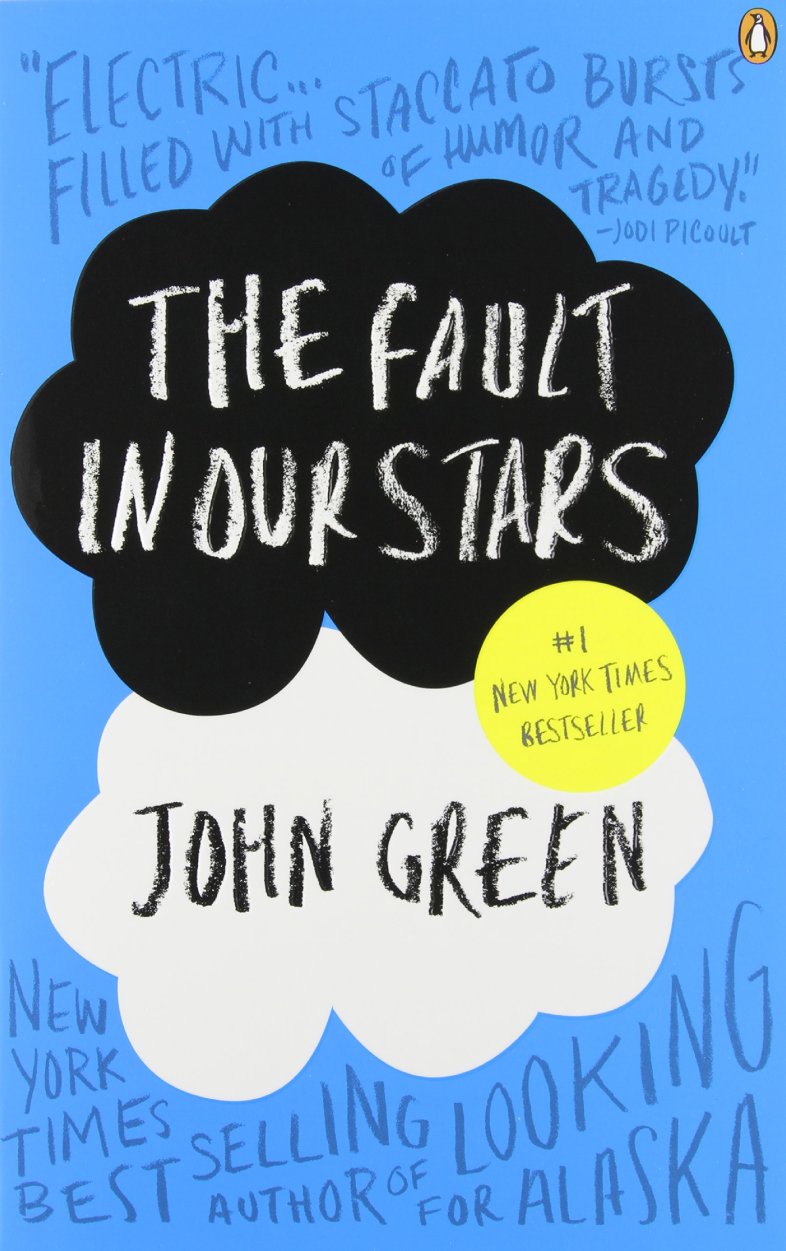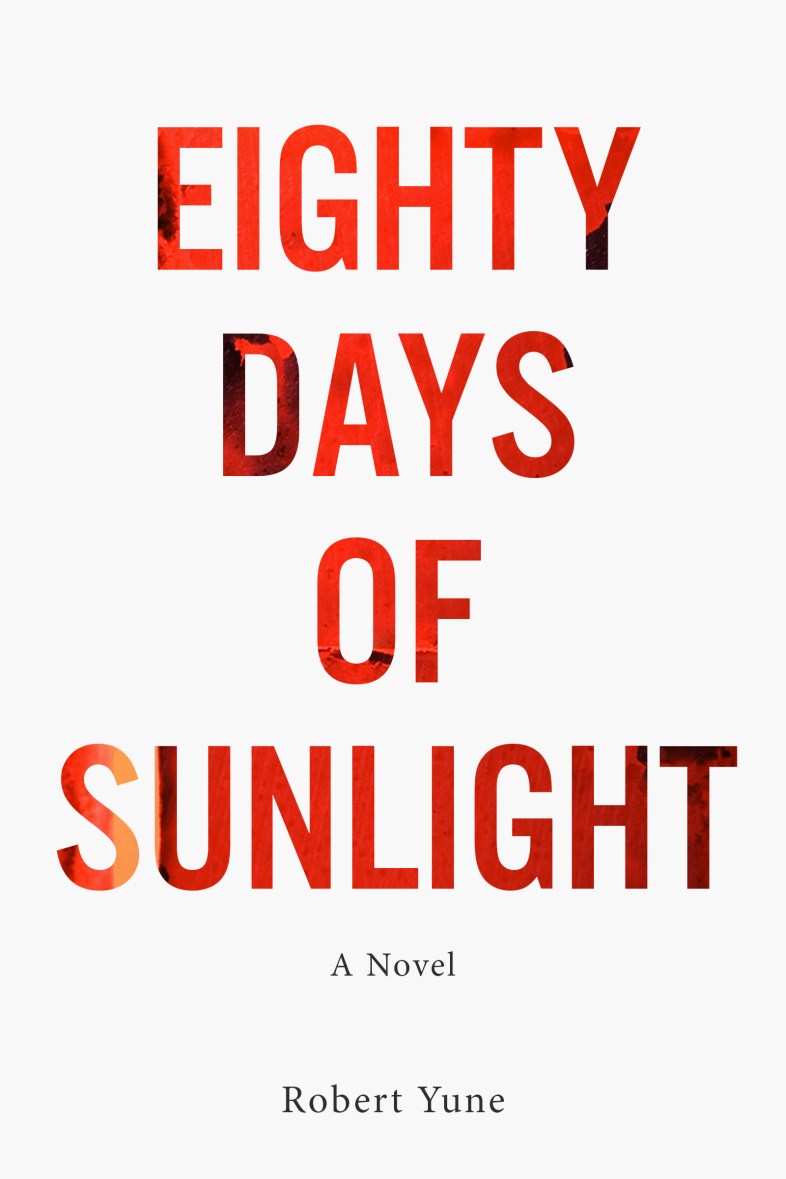Tips On Writing Tension, Subplots, And The Forbidden That Will Help Strengthen Your Novel

– Hazel Grace, The Fault in Our Stars
In this series, I’m reading Celeste Ng’s novel Everything I Never Told You and describing different writing techniques in each chapter. If you’re catching up, here are my posts from chapter one and chapter two.
I’m going to talk about chapters three and four in this post so I can compare them. Also, my thoughts on chapter four are pretty brief—for now, at least. Note: There are (very) minor spoilers ahead for The Fault in Our Stars and, of course, major spoilers for Everything I Never Told You.

I recently finished The Fault in Our Stars–which I quite enjoyed, but it’s a grim book about a teenager dying of cancer, so I wouldn’t recommend reading it along with Everything I Never Told You, which is about a teenager who mysteriously drowned. Between the two books, there are at least 15 dead teenagers and three funerals—and in my experience as a reader, I’m inclined to agree with Hazel Grace that all funerals are basically the same. This is why I personally hate writing funeral scenes—they tend to be functional, necessary, and it’s hard to make them interesting. I’ve only written a couple of them in my career, and have always tried to make them as short as possible. But the truth is, in any book-length project, you’re going to run into a boring-yet-necessary scene that you need to make interesting.
Celeste Ng’s novel offers some useful pointers:
1. Use Small Tensions Whenever Possible
I teach creative writing, and whenever I’m workshopping a student’s short story, I ask the class to consider ways to make it as tense and exciting as possible. How can the author add tension while maintaining the original spirit of the story (i.e. no gratuitous car chases or explosions)?
There are two great examples in EINTY. One of them actually happens in chapter two: remember that scene where Professor James is kissed by his student Marilyn in his office during his office hours? In this case, the setting itself helps to amplify the forbidden-ness of that kiss. If another student had shown up or if another professor saw, the results would have been disastrous. Think about your characters and different settings in your book. What places do your characters spend the most time in? What are the riskiest places for them to meet, kiss, or argue?
In chapter three of EINTY, the “best small, tense moment” award goes to the scene where Nathan is eavesdropping on the police as they interrogate Jack. Since Everything I Never Told You is written in third person omniscient, the author could have simply included a scene where the cops question Nathan at the station. However, Ng has Nathan walk to Jack’s house to confront or attack him, only to realize the police are there. Now, there’s a new conflict (what happens if Nathan is caught eavesdropping on a police investigation?), and the reader is privy to some forbidden knowledge about the investigation.
In both of these examples, we have characters doing something “forbidden.” Ultimately, these little conflicts don’t matter: Professor James doesn’t get caught kissing his student and Nathan’s knowledge of the investigation has a negligible effect on the plot (for now, at least). But they do add a little electricity to the novel, and keep things lively. In books, as in real life, it can be exciting to disobey, trespass, and eavesdrop. As an author, it can also be helpful to consider physical and social boundaries your characters might cross.
2. When it Comes to Plot, Juggle Small
For most of chapter three, Ng doesn’t need to use small tensions—this particular funeral is interesting enough. That said, how does Ng make it so? In school, my creative writing professors told me that writing a novel was kind of like juggling (it doesn’t matter whether you’re juggling bowling pins or chainsaws or subplots): the first thing you toss in the air needs to be caught before you can toss the second thing.
In my first novel, a young man named Jason investigates his father’s death in a local factory. Jason would ask one of his father’s co-workers about it, and then there would be like 30 pages describing what the machines in the factory sound like. Then, Jason would fight with his brother for like 20 pages, and then there would be a sentence like, “Jason suddenly remembered his main goal, which was to learn whether his father was murdered or not.” It’s true that I was juggling storylines, but each one was flying really high in the air before being caught. During workshops, a lot of people yelled at me that they’d lost track of the novel’s main conflicts, and I eventually fixed things.
Ng is really good at keeping things tense by juggling subplots in the same 19-page chapter. Follow the ball: James insists on a closed-casket funeral and can’t explain why, Marilyn almost throws up at the funeral, Nathan sees Jack at the funeral and suspects he has something to do with his sister’s death, we get some information about Nathan’s school and graduation, Nathan confronts Jack after the funeral, the family goes home, Nathan sneaks out and hangs out in a cemetery, Nathan goes to Jack’s house to confront him, James goes to his office to read the autopsy report, other stuff happens.
I’ve read a number of novels that spread important plot-related moments out so far that you’ve almost forgotten about them by the time they reappear. One reason that Everything I Never Told You is so readable is because the plot, setting, and characters are all so tightly knit.
![]()
Chapter four is an interesting contrast to chapter three. While chapter three had a panorama-like effect due to several point of view perspective changes (and the way it tracked characters on the move through different parts of town), chapter four is basically a series of flashbacks that whisk the reader away from the Lee family’s grief. The flashbacks are grouped by gender (Marilyn and her late mother in one flashback, James and Nathan in another). The chapter ends with a reference to loss, mothers, and daughters. Sound familiar? It’s basically the same pattern we saw in chapter two.
I’m not saying that the author is being cheap—I didn’t notice the similarity when I read the chapter the first time, and I’m not sure I would have noticed this time had I not been scrutinizing the book so carefully. I’m reminded of a chorus in a good song: when you hear it after the first verse, it means one thing, but when you hear it near the end, it strikes a different tone and takes on added meaning. The last sentence of chapter four, for example, lets Lydia have the last word, which highlights how devastating Marilyn’s disappearance is. It’s also a callback to the present timeline, when Marilyn is looking through Lydia’s diaries for clues to explain her death.
For anyone writing a novel, I noticed two great techniques in chapter four, neither of which I’ve discussed before in this series:
1. Take Advantage of Misunderstandings—They Can Cause Realistic Drama
The scene where Nathan is teased in the pool perfectly illustrates how devastating small misunderstandings can be. James treats his son Nathan brusquely and tries to toughen him up because he’s disappointed by how the shy child reminds him of himself as a boy. One gets the sense that if James were able to be honest with himself and really think his actions through—or explain his behavior to his son, then things might be better between them.
Also, Jack’s small moment of kindness during “Marco Polo” is misinterpreted by Nathan as cruelty—in that small moment, Jack makes an enemy for life. While this scene isn’t particularly dramatic (there aren’t any car chases or explosions), it’s effective because, again, if things had gone a tiny bit differently, a friendship might have resulted. These small misunderstandings are also great because they’re relatable and realistic. I think everyone can recall the fallout caused by a small, simple misunderstanding in their lives.
On a bigger level, the reader knows that Marilyn is freaked out by the prospect of giving up her dream of being a doctor and settling for a quiet domestic life. The reader knows this because s/he’s spent that time with Marilyn as she cleaned out her late mother’s house. However, Marilyn’s husband and daughter haven’t, and have no idea why she’s freaking out over cooking eggs when she returns. To be fair, though, it would have been difficult for Marilyn to explain the complex sadness and regret she was feeling, so her silence is understandable.
2. Make the Abstract Concrete
So far, the narrator has told the reader about Marilyn’s desire to be a doctor, and that desire was well-established in chapter two. However, that desire takes on a new dimension and urgency when Marilyn goes to the hospital and sees the living, breathing embodiment of her dream: Dr. Wolff, a female doctor, is respected and revered as she commands the emergency room. For some added drama, Dr. Wolff actually notices and talks to Marilyn.
Without that visit to the hospital, it might be hard for the reader to understand why Marilyn decided to leave her husband and children behind—and she certainly would have come off as more heartless.
![]()
Since I’ve covered two chapters, I’ll leave you with two exercises, which you’re welcome to write in the comments below. I’ll add my responses to the prompt in a couple days.
1. Write a short scene where you describe a small interaction where you inadvertently made an enemy. Then, describe the same scene from your enemy’s perspective. (These misunderstandings often happen during casual interactions: maybe one you had with a waiter, dentist, or cashier?)
2. Think of a time in your life when you badly wanted something abstract: respect, admiration, etc. Then, write a fictional scene where you find something concrete (a person or object) that perfectly symbolizes that abstract desire. For example, a young boy who wants respect might find a shiny brass Sheriff’s badge in a forest or something. ![]()





